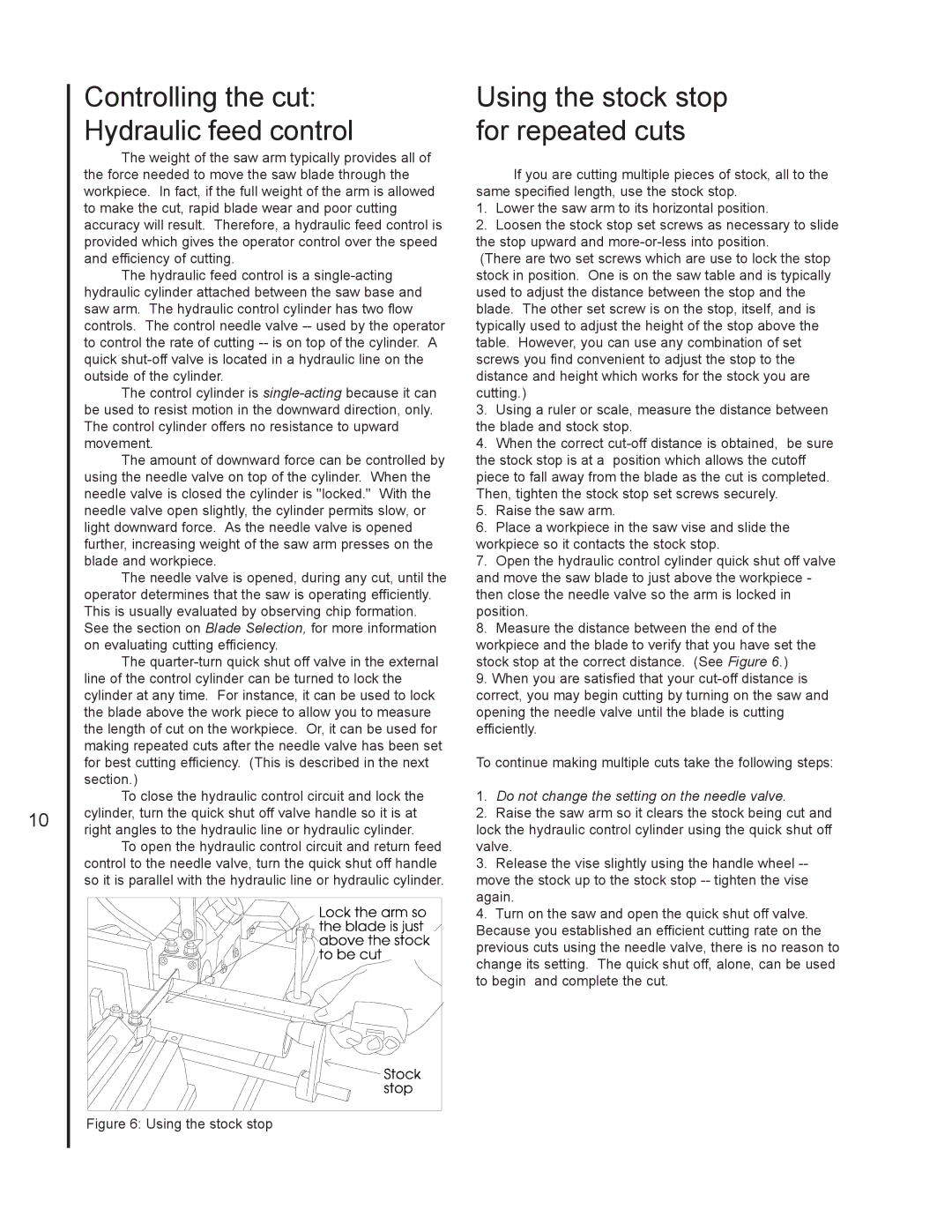J-3410-2, J-3410 specifications
Jet Tools is renowned for its high-quality woodworking and metalworking equipment, and the J-3410 and J-3410-2 drill presses are prime examples of this commitment to excellence. These machines are engineered for precision, durability, and efficiency, appealing to both hobbyists and professional craftsmen.The J-3410 features a robust 1 HP motor that provides ample power for a variety of drilling applications. This strength enables it to handle a wide range of materials, making it versatile enough for various projects. The machine operates at five different speeds, ranging from 600 to 3,100 RPM, allowing users to select the ideal speed for the specific material and drill bit size they are using. This versatility is crucial for achieving the desired results, whether it’s delicate woodwork or tougher metals.
One of the standout features of the J-3410 is its adjustable table, which can tilt up to 45 degrees, facilitating angled drilling. The table is constructed from heavy-duty cast iron, ensuring stability and reducing vibration, which is vital for precision work. Additionally, this model comes with a built-in laser guide that provides an accurate reference point for drilling, enhancing user efficiency and accuracy.
The J-3410-2 model builds upon the features of the J-3410, offering dual laser guides for even greater precision. These guides help users easily align the drill bit, ensuring that holes are drilled exactly where intended. The dual lasers also enhance visibility, especially in low-light environments. This model also includes a larger work table, allowing for drilling operations on bigger workpieces without compromising stability.
Both models are equipped with a heavy-duty, quick-adjust depth stop. This feature allows for consistency in repetitive drilling tasks, which is essential for users who need to achieve uniform results. They also feature an easy-to-use belt and pulley system for speed changes, ensuring that the transition between different speeds is effortless.
Safety is paramount in the design of the J-3410 and J-3410-2 press. A protective on/off switch prevents accidental start-ups, while the cast iron construction enhances overall stability and reduces the likelihood of accidents during operation.
The Jet Tools J-3410 and J-3410-2 combine power, precision, and safety, making them excellent choices for anyone in need of reliable drilling equipment. Whether for professional use or personal projects, these drill presses stand out in their class, showcasing Jet's commitment to quality and innovation.

